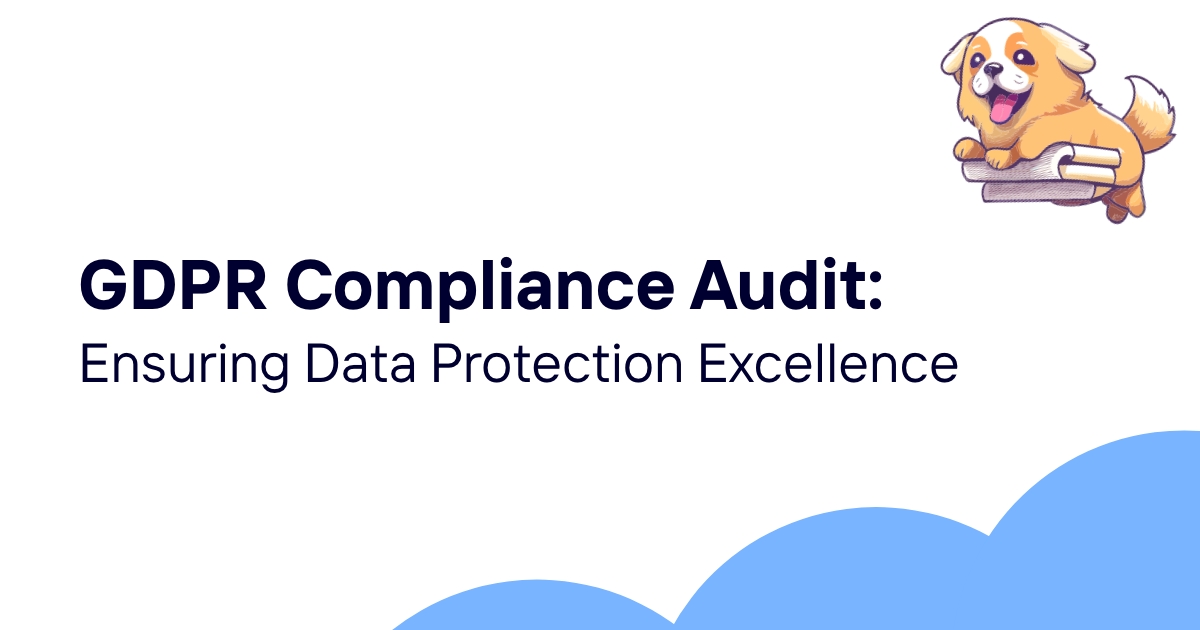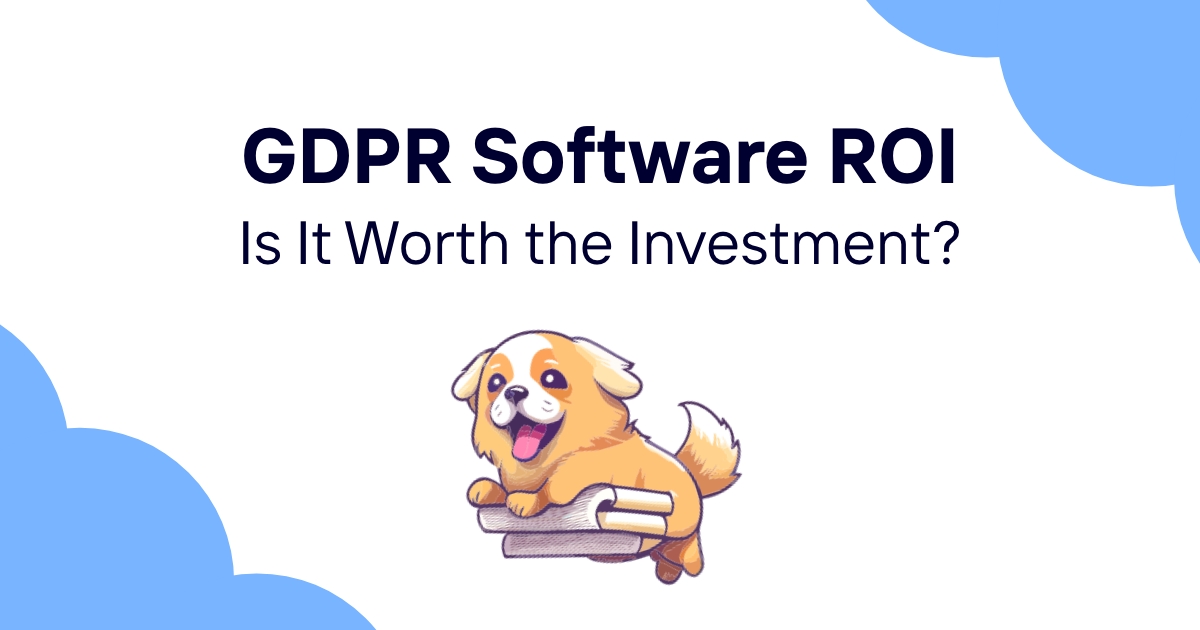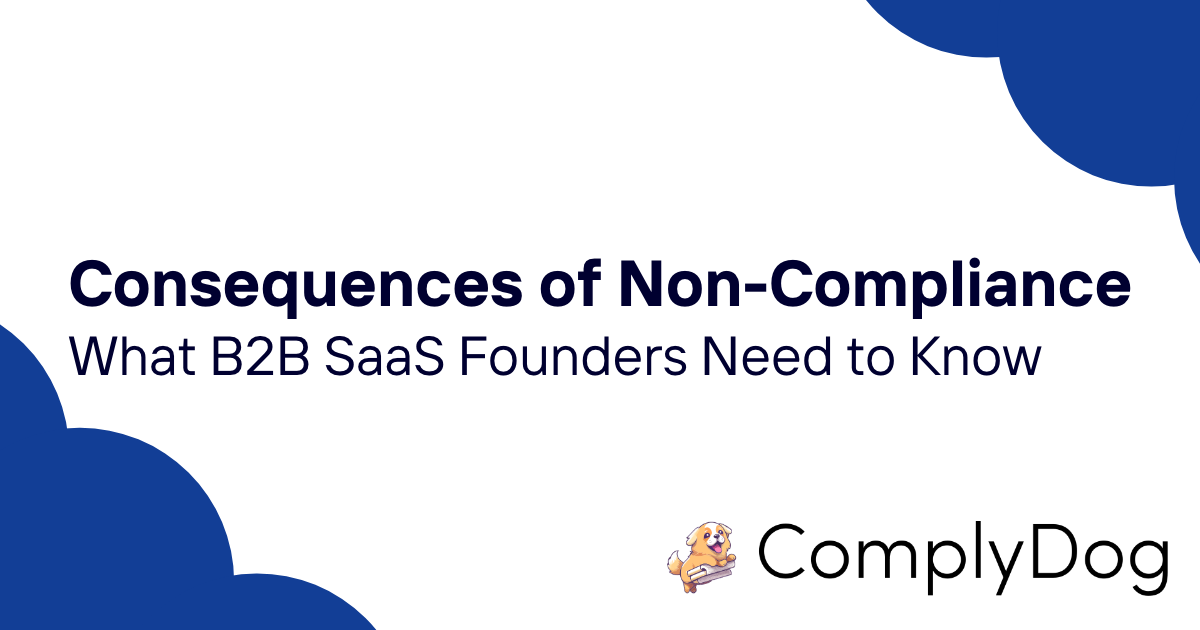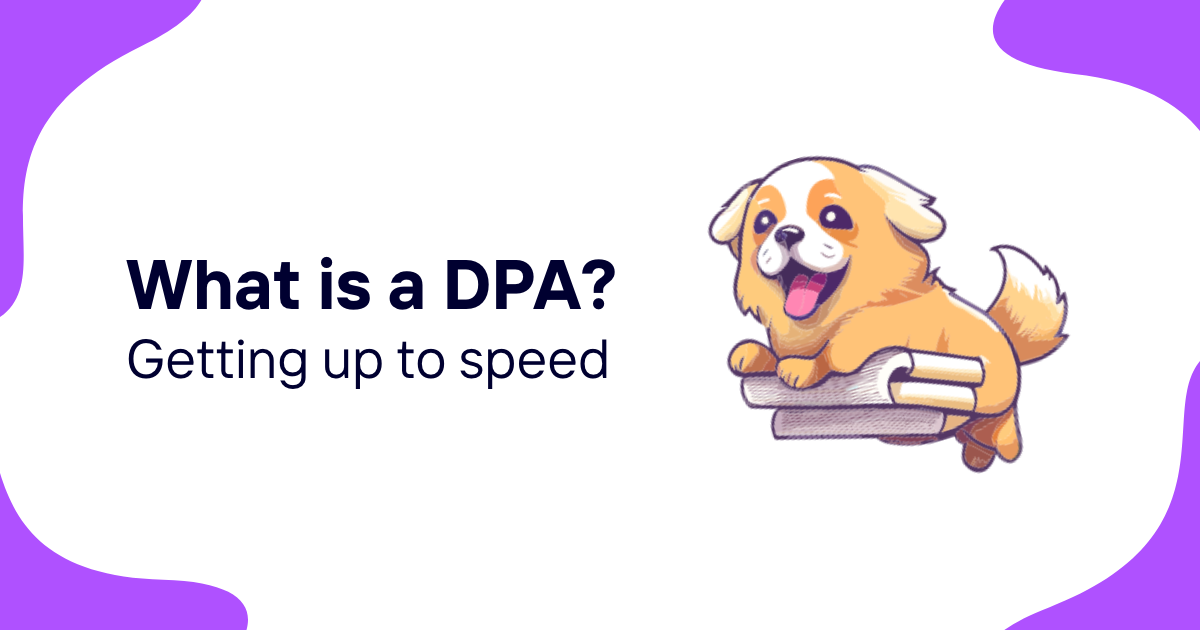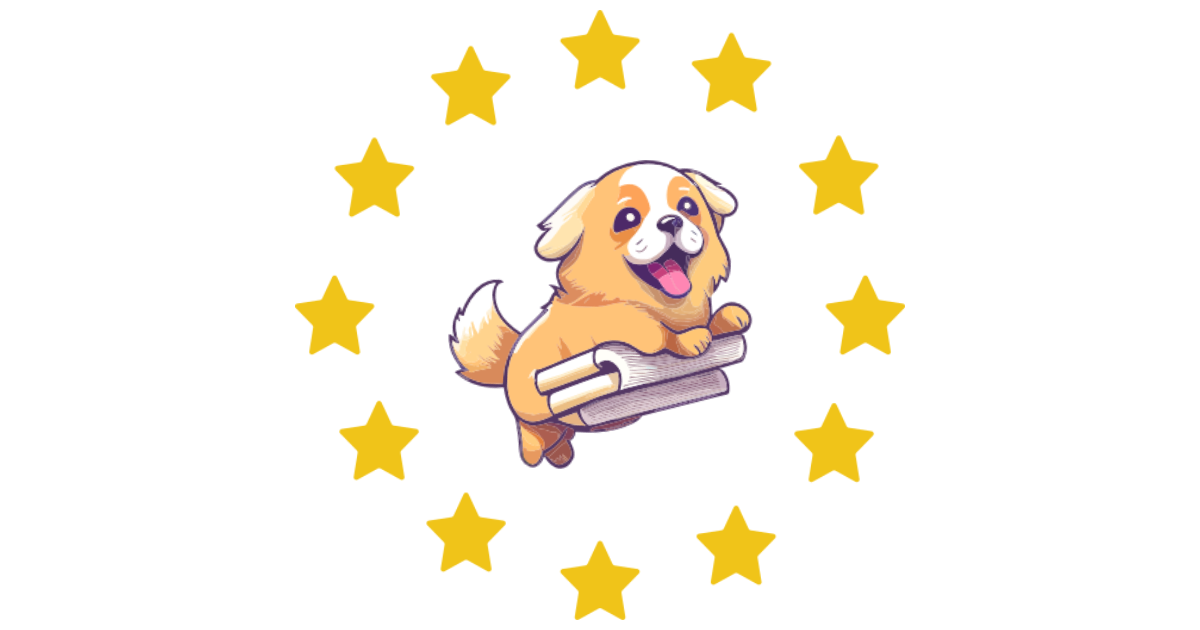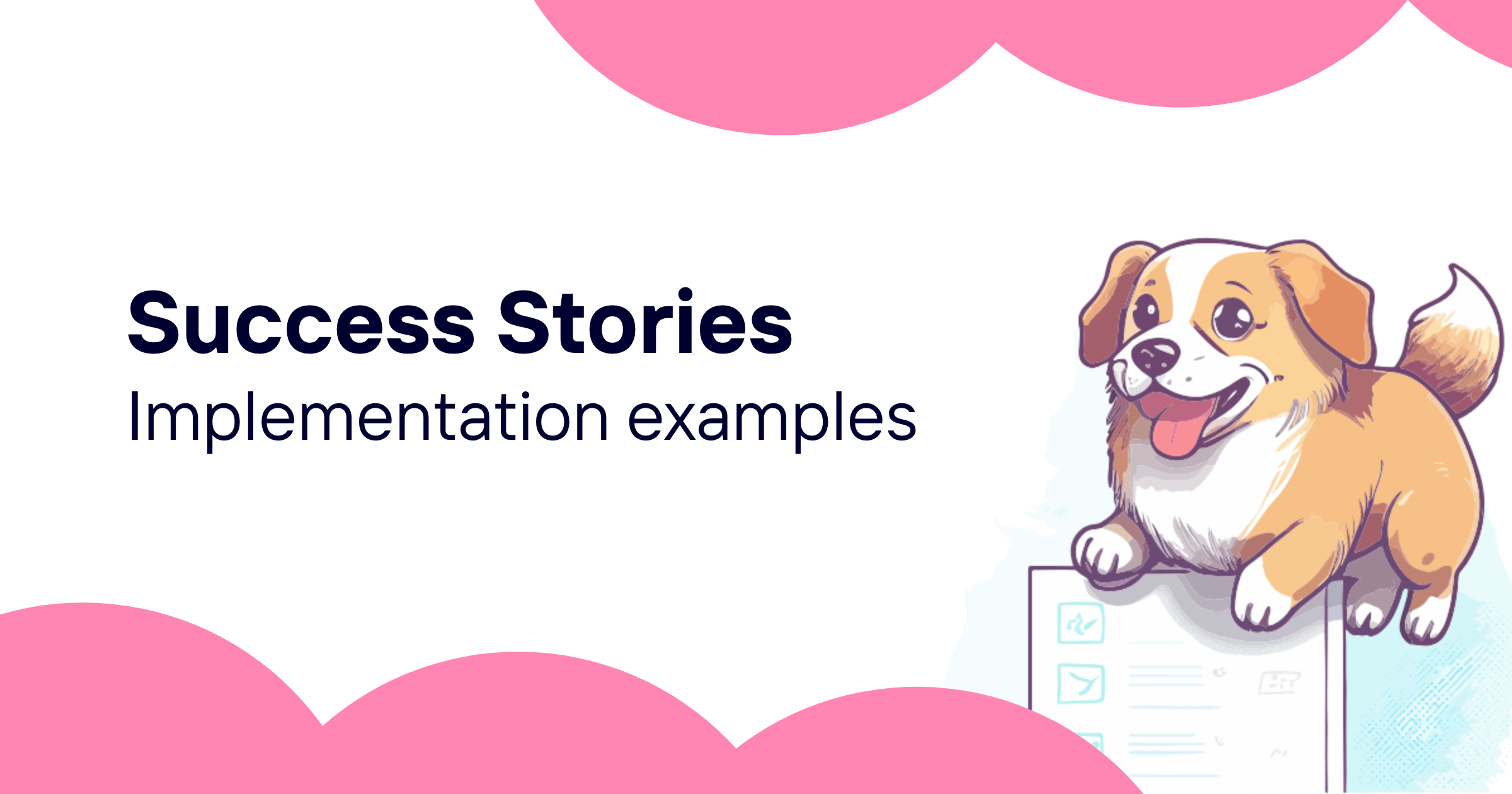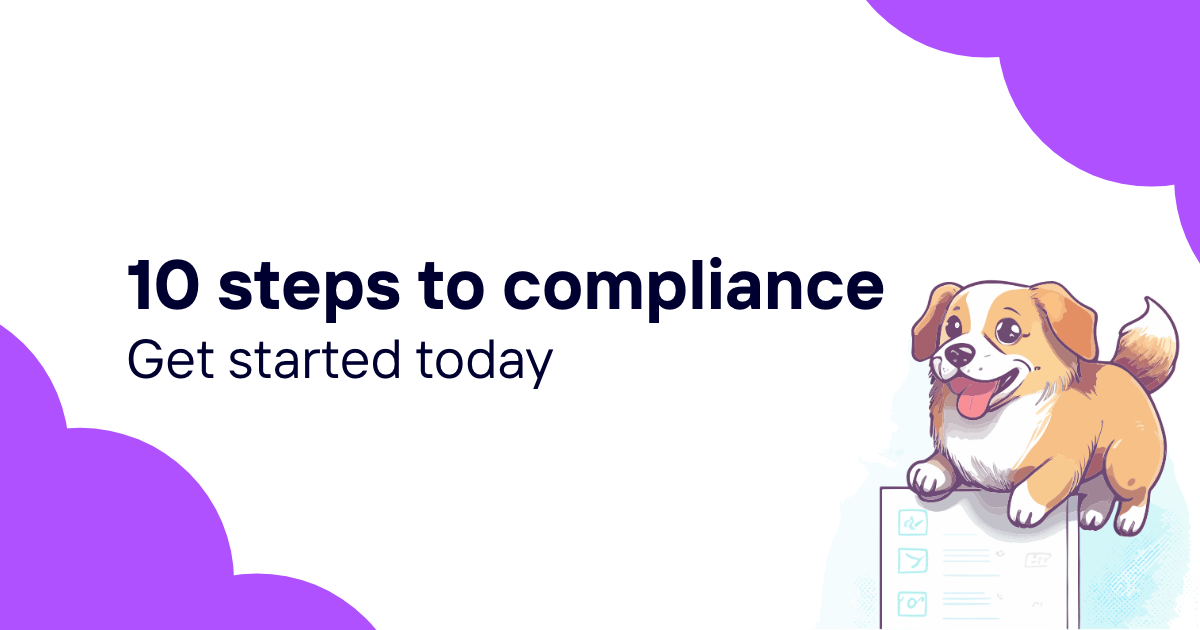Table of Contents
- Introduction
- Understanding GDPR Compliance Audits
- Key Components of a GDPR Compliance Audit
- Steps to Conduct a GDPR Compliance Audit
- Benefits of GDPR Compliance Audits
- Common Challenges in GDPR Compliance Audits
- Best Practices for GDPR Compliance Audits
- Tools and Software for GDPR Compliance Audits
- Preparing Your Organization for a GDPR Compliance Audit
- Maintaining Ongoing GDPR Compliance
- Conclusion
Introduction
The General Data Protection Regulation (GDPR) has significantly impacted how organizations handle personal data. As data protection authorities intensify their enforcement efforts, conducting regular GDPR compliance audits has become crucial for businesses of all sizes. This article delves into the intricacies of GDPR compliance audits, offering insights on their implementation, benefits, and best practices.
Understanding GDPR Compliance Audits
A GDPR compliance audit is a comprehensive assessment of an organization's data processing activities, policies, and procedures to ensure they align with GDPR requirements. These audits serve as a proactive measure to identify potential compliance gaps, mitigate risks, and demonstrate accountability.
The primary objectives of a GDPR compliance audit include:
- Evaluating current data protection practices
- Identifying areas of non-compliance
- Assessing the effectiveness of existing data protection measures
- Recommending improvements to enhance GDPR compliance
Key Components of a GDPR Compliance Audit
A thorough GDPR compliance audit should cover the following key areas:
-
Data Mapping and Inventory: Documenting all personal data processing activities, including data flows, storage locations, and third-party transfers.
-
Legal Basis for Processing: Verifying that all data processing activities have a valid legal basis under GDPR Article 6.
-
Privacy Notices and Consent Mechanisms: Reviewing the transparency of information provided to data subjects and the validity of consent collection methods.
-
Data Subject Rights: Assessing processes for handling data subject requests, such as access, rectification, and erasure.
-
Data Protection Impact Assessments (DPIAs): Evaluating the implementation and effectiveness of DPIAs for high-risk processing activities.
-
Data Breach Notification Procedures: Reviewing incident response plans and breach notification processes.
-
Data Protection Officer (DPO) Appointment: Verifying the appointment and role of the DPO, if applicable.
-
International Data Transfers: Assessing the legitimacy of cross-border data transfers and appropriate safeguards.
-
Vendor Management: Reviewing data processing agreements and vendor compliance.
-
Employee Training and Awareness: Evaluating the effectiveness of data protection training programs.
Steps to Conduct a GDPR Compliance Audit
Follow these steps to conduct a comprehensive GDPR compliance audit:
-
Planning and Scoping: Define the audit objectives, scope, and timeline. Identify key stakeholders and resources required for the audit.
-
Documentation Review: Gather and analyze relevant policies, procedures, and records related to data protection practices.
-
Interviews and Questionnaires: Conduct interviews with key personnel and distribute questionnaires to gather information about data processing activities.
-
On-site Inspections: Perform physical inspections of data processing facilities and systems to verify security measures.
-
Data Flow Mapping: Create visual representations of how personal data moves through the organization.
-
Gap Analysis: Compare current practices against GDPR requirements to identify areas of non-compliance.
-
Risk Assessment: Evaluate the potential risks associated with identified gaps and prioritize remediation efforts.
-
Reporting: Prepare a detailed audit report outlining findings, recommendations, and an action plan for addressing compliance gaps.
-
Follow-up: Implement recommended changes and conduct follow-up assessments to ensure effectiveness.
Benefits of GDPR Compliance Audits
Conducting regular GDPR compliance audits offers numerous benefits:
-
Risk Mitigation: Identify and address potential compliance issues before they lead to data breaches or regulatory penalties.
-
Enhanced Data Protection: Improve overall data protection practices and strengthen security measures.
-
Increased Stakeholder Trust: Demonstrate commitment to data protection, boosting trust among customers, employees, and partners.
-
Competitive Advantage: Use strong data protection practices as a differentiator in the market.
-
Operational Efficiency: Streamline data processing activities and improve data management practices.
-
Regulatory Preparedness: Be better prepared for potential regulatory investigations or audits.
-
Cost Savings: Avoid costly fines and reputational damage associated with non-compliance.
-
Continuous Improvement: Foster a culture of ongoing compliance and data protection excellence.
Common Challenges in GDPR Compliance Audits
Organizations often face several challenges when conducting GDPR compliance audits:
-
Resource Constraints: Limited time, budget, and expertise can hinder comprehensive audits.
-
Complex Data Ecosystems: Large organizations with multiple systems and processes may struggle to map all data flows accurately.
-
Evolving Regulatory Landscape: Keeping up with changing interpretations and guidance from data protection authorities can be challenging.
-
Cross-border Compliance: Organizations operating in multiple jurisdictions must navigate varying data protection requirements.
-
Legacy Systems: Older technologies may lack built-in data protection features, making compliance more difficult.
-
Employee Awareness: Ensuring all staff members understand and adhere to data protection principles can be challenging.
-
Third-party Risk Management: Assessing and managing the compliance of vendors and partners can be complex.
-
Data Subject Rights Fulfillment: Implementing efficient processes to handle data subject requests within required timeframes.
Best Practices for GDPR Compliance Audits
To maximize the effectiveness of GDPR compliance audits, consider the following best practices:
-
Establish a Regular Audit Schedule: Conduct audits at least annually or more frequently for high-risk areas.
-
Involve Cross-functional Teams: Include representatives from IT, legal, HR, and other relevant departments in the audit process.
-
Use a Risk-based Approach: Focus audit efforts on high-risk processing activities and data sets.
-
Leverage Technology: Utilize data discovery and mapping tools to streamline the audit process.
-
Document Everything: Maintain detailed records of audit activities, findings, and remediation efforts.
-
Stay Informed: Keep abreast of regulatory updates and guidance from data protection authorities.
-
Foster a Culture of Compliance: Promote data protection awareness and responsibility throughout the organization.
-
Conduct Mock Audits: Simulate regulatory inspections to test preparedness and identify areas for improvement.
-
Implement Continuous Monitoring: Use automated tools to monitor compliance on an ongoing basis.
-
Engage External Expertise: Consider involving external auditors or consultants for an independent perspective.
Tools and Software for GDPR Compliance Audits
Leveraging appropriate tools and software can significantly enhance the efficiency and effectiveness of GDPR compliance audits. Here are some types of tools that can assist in the audit process:
-
Data Discovery and Mapping Tools: These tools help identify and visualize where personal data resides within an organization's systems.
-
Consent Management Platforms: Facilitate the collection, storage, and management of user consents.
-
Data Subject Request Management Systems: Streamline the handling of data subject rights requests.
-
Privacy Impact Assessment (PIA) Tools: Guide users through the process of conducting data protection impact assessments.
-
Vendor Risk Management Platforms: Assist in assessing and monitoring the compliance of third-party vendors.
-
Data Breach Notification Tools: Help organizations prepare for and manage data breach incidents.
-
Policy Management Software: Centralize the creation, distribution, and tracking of data protection policies.
-
Training and Awareness Platforms: Deliver and track employee data protection training programs.
-
Compliance Management Systems: Provide a centralized platform for managing overall GDPR compliance efforts.
One such tool that combines many of these features is ComplyDog.com, an all-in-one GDPR compliance solution designed specifically for software businesses. By utilizing a comprehensive compliance software like ComplyDog, organizations can streamline their audit processes, maintain ongoing compliance, and reduce the time and resources required for GDPR adherence.
Preparing Your Organization for a GDPR Compliance Audit
To ensure a smooth and effective GDPR compliance audit, consider the following preparatory steps:
-
Appoint an Audit Team: Designate individuals responsible for coordinating and conducting the audit.
-
Review Previous Audits: Analyze findings from past audits to identify recurring issues and progress made.
-
Update Data Inventory: Ensure your data inventory is current and comprehensive.
-
Review Policies and Procedures: Update all relevant data protection policies and procedures.
-
Gather Documentation: Collect all necessary documentation, including data processing records, consent forms, and data protection impact assessments.
-
Inform Stakeholders: Communicate the audit process and expectations to all relevant parties within the organization.
-
Prepare Staff: Brief employees on the audit process and their roles in maintaining GDPR compliance.
-
Set Up Interview Schedules: Arrange meetings with key personnel involved in data processing activities.
-
Configure Audit Tools: Set up and configure any software or tools that will be used during the audit process.
-
Establish a Remediation Plan: Develop a framework for addressing and implementing audit findings.
Maintaining Ongoing GDPR Compliance
A GDPR compliance audit is not a one-time event but part of an ongoing process. To maintain compliance between audits:
-
Implement a Privacy by Design Approach: Integrate data protection considerations into all new projects and processes from the outset.
-
Conduct Regular Self-assessments: Perform internal reviews to identify and address potential compliance issues proactively.
-
Update Data Protection Policies: Regularly review and update policies to reflect changes in data processing activities or regulatory requirements.
-
Provide Ongoing Training: Offer regular data protection training to employees and new hires.
-
Monitor Regulatory Developments: Stay informed about changes in GDPR interpretation and enforcement.
-
Maintain Accurate Records: Keep detailed and up-to-date records of processing activities.
-
Review Data Processing Agreements: Regularly assess and update agreements with data processors.
-
Conduct Periodic Data Protection Impact Assessments: Perform DPIAs for new or changed high-risk processing activities.
-
Implement Data Minimization Practices: Regularly review and delete unnecessary personal data.
-
Engage with Industry Peers: Participate in industry forums and working groups to share best practices and stay informed about sector-specific challenges.
Conclusion
GDPR compliance audits are essential for organizations seeking to protect personal data, mitigate risks, and demonstrate accountability. By following a structured approach, leveraging appropriate tools, and fostering a culture of continuous improvement, businesses can navigate the complexities of GDPR compliance with confidence.
Remember that compliance is an ongoing journey, not a destination. Regular audits, combined with proactive data protection measures and the use of comprehensive compliance software like ComplyDog, can help organizations stay ahead of regulatory requirements and build trust with their stakeholders.
By prioritizing data protection and embracing the principles of GDPR, organizations can turn compliance into a competitive advantage, demonstrating their commitment to safeguarding personal data in an increasingly privacy-conscious world.
